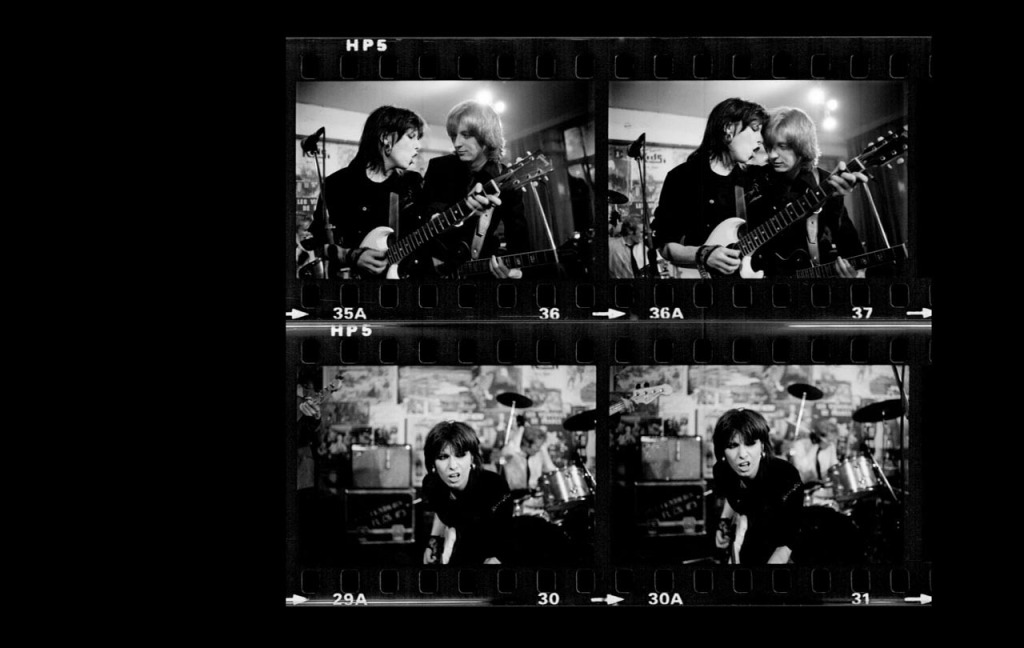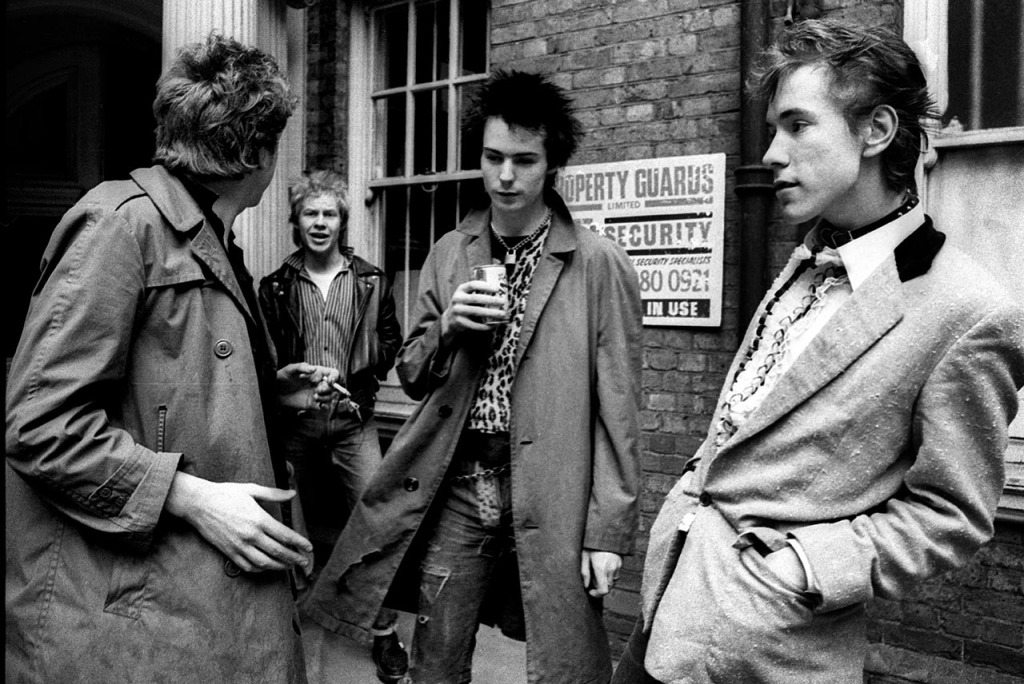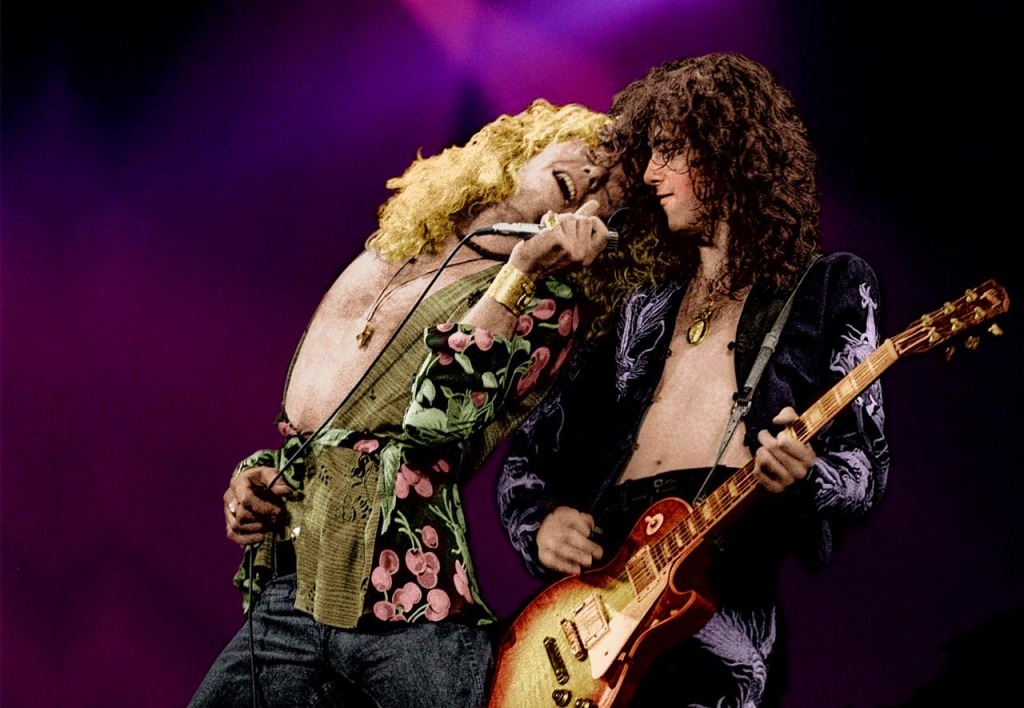By Adrian Boot. Originally published by Urbanimage.tv. All photos by Adrian Boot
It was 1974 when I first began using a Leica, a second hand M3 with a 35mm f1.4 lens. It was a dream come true, a classic stealth camera that was fast, almost silent, small and brilliant in low light. You could take pictures without a tripod at shutter speeds as low as 1/15 of a second, and as long as the subject didn’t move even 1/8 of a second. Unlike its bulky SLR relatives Canon, Pentax, Nikon etc. all of which are disadvantaged with mirror vibration, poor focus systems and bulkiness, the Leica was fast, precise and small. Try holding a large Nikon SLR in one hand while shooting at slow shutter speeds, the results will be often be a blur. These days this is not entirely true given that most modern digital SLR cameras have some sort of image stabilization.
The Leica was designed around a roll of 35mm film. Designed by photographers for photographers. With near perfect ergonomics it was a camera that rested in the hand like a glove, allowing the photographer to remain unobtrusive, a true fly on the wall. Leica became the gold standard of camera technology and although it had lots of imitators nothing else came close.
BY the early 1980’s I could afford to upgrade to the latest Leica M4 with an enviable selection of lenses including that king of lenses, the Summilux 35mm f1.4. This was quickly followed by a second / spare body the M4-P. The P meaning professional. These sleek matt black bodies became my much loved workhorse cameras, over time becoming battered, scratched and dented, carrying the scars of many a great photo opportunity. Although well worn they never failed. These mechanical masterpieces were built like tanks, tough as old boots, like Volkswagen cars, a symbol of German engineering with accuracy of a fine Swiss watch.
Of course nothing is that perfect, and the Leica M cameras had limitations. They we’re useless with telephoto lenses. Anything over a 90mm lens was impossible especially in low light conditions. For concert and action work, I , like most of my colleagues, used Nikon SLR cameras with 200 and 300mm telephoto lenses and later huge telephoto zoom lenses. The downside was the weight and size of these cameras. Hang a couple of Nikon motorized bodies together with big telephoto lenses around your neck and not only do you stick out like a photographic sore thumb, but you would often end the days shoot with serious neck ache.
Why two cameras? Well one was for colour film and one was for black and white film. Sometimes one camera would contain fast film ASA 400+ and the other a slower but finer ASA 100 film. Making matters worse, if I was on a trip that required live concert work along side candid back stage, fly on the wall photography, I had to carry 3 if not 4 camera bodies, all clanking around my aching neck. I would use the unobtrusive Leica M cameras for the backstage work. Hiding in corners or behind doors, popping off pics of Rock stars tuning guitars, arguing amongst them selves, chatting up groupies, or falling out with wives. It was all possible on a Leica, less possible on the bulky Nikons.
As we came through into the 90′s the technology gave us hard pressed photographers things like autofocus, image stabilization and more sophisticated through the lens light metering. Highly automatic cameras from Nikon and Canon became the choice of most professionals. Even thought the Leica had the best manual focus via its rangefinder focusing, it was unable to compete with these new technological breakthroughs. Autofocus was a relief for my ageing eyesight. But still the Leica remained a treasured part of my photographic life, although no longer as vital. My attachment to Leica was fast becoming more emotional than a practical solution.
Then as we came into the new millennium DIGITAL photography really began to overtake film. I resisted for a while, not entirely convinced that a digital image could be as good as a film image. So .. dipping my toe in the water with a Nikon D300 body I converted, and the results were astonishing. Combined with fast autofocus and multiple point through the lens metering and an array of other features, the images were pin sharp and perfectly exposed. The camera came into its own with low light, fast action live concert photography. Digital photography was at least as good as film photography, certainly here to stay. No more darkroom, no more poisonous chemicals, no more dust specks or scratch marks to retouch.
So when Leica announced the M8, a digital version of the classic Leica body compatible with my collection of battered M series lenses, I rushed out to buy one and although it cost thousands of pounds, It retained the solid metal build of previous Leica cameras, the same control layout and the same classic look and feel. My transition from film to digital was going to be smooth and painless, or so I thought. I had hardly removed the thing from its box when I started to notice problems. The battery and SD card both fitted under the removable base plate, a feature retained to preserve classic Leica functionality. This feature on the Leica M4 was a fast and efficient way of loading a roll of film, but on the M8 it made changing the SD card as slow as replacing a roll of film.
Trying to use my new M8 to shoot some colour pics, I discovered that the resulting images showed a serious magenta caste that required special correction filters to be added to each and every Leica lens I owned. To be fair Leica did supply 2 of these expensive items for free, but the rest I had to buy, what a hassle. Then I discovered that the viewfinder frame did not match the lens being used, making framing a guess rather than anything accurate. The glass covering the LCD screen was soft and susceptible to scratches so I was forced to use a plastic film of the type used to protect mobile phones. Adding insult to injury Leica announced a camera hardware upgrade fixing these problems, but at a cost of over £1000. I was rapidly becoming disenchanted with Leica cameras.
I also bought a Nikon D3X, a top of the line Nikon digital body and the experience was very different. By contrast this was a dream to use, and has produced some amazing images. Frankly it pissed all over the Leica. Even so the Nikon was still a beast of a camera, heavy and bulky, but it worked. No cures yet for neck ache though.
Now recently companies such as Sony, Epson and Ricoh have all started to make compact cameras that can take traditional Leica M lenses. A Sony NEX 5R or 7 costs under a grand and the innovative Ricoh GXR costs only a few hundred pounds and both have better sensors than the measly 10 megapixel sensor on the M8. Leica, bless them, have recently launched the M9 with a full frame sensor and price tag of around £5000, and I’m sure people will buy it. You don’t even need a good eye for photography, Just hang an M9 around your neck and you will impress people.
My days with a classic Leica camera are over, although the lenses will continue to be used and I am sure will produce impressive results. I have now bought a Ricoh GXR with a Leica mount. It fits in my pocket and with the low price tag I might buy two.





